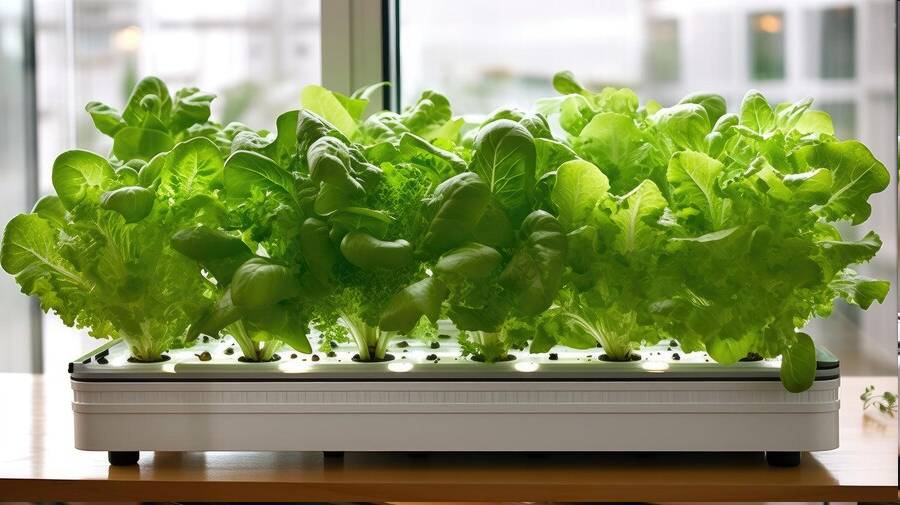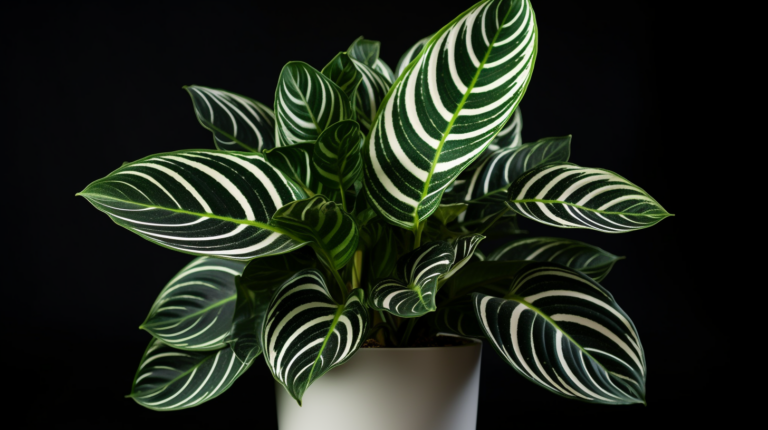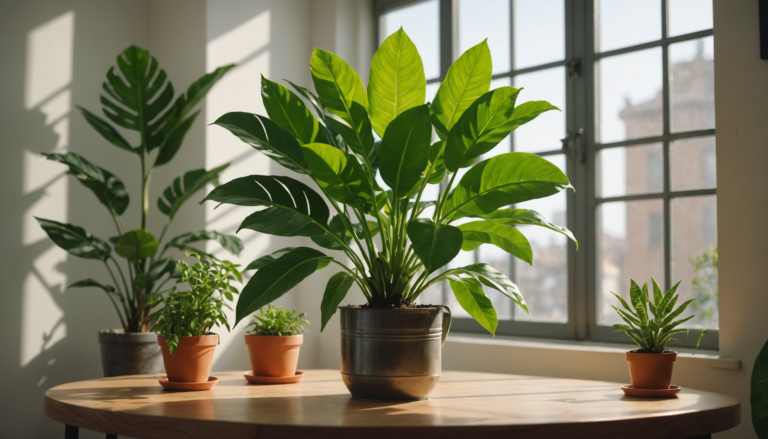Just like the perfect conditions are necessary for seeds to thrive, enhancing our understanding of horticulture is equally important. Have you ever wondered if it’s possible to cultivate lettuce indoors? Presently, I’m researching this subject to share my findings with you. You’ll see that it’s not just possible, but also incredibly fulfilling!
So, let’s cultivate our green thumbs together and explore how to successfully grow crisp, delicious lettuce right in our own homes.
Key Takeaways
- Growing lettuce indoors allows for year-round cultivation.
- Indoor gardening provides control over growing conditions.
- Homegrown lettuce is fresher and more nutritious.
- Gardening reduces reliance on store-bought produce.
Get to Know the Essentials of Indoor Growing – A Primer for the Prospective Lettuce Grower
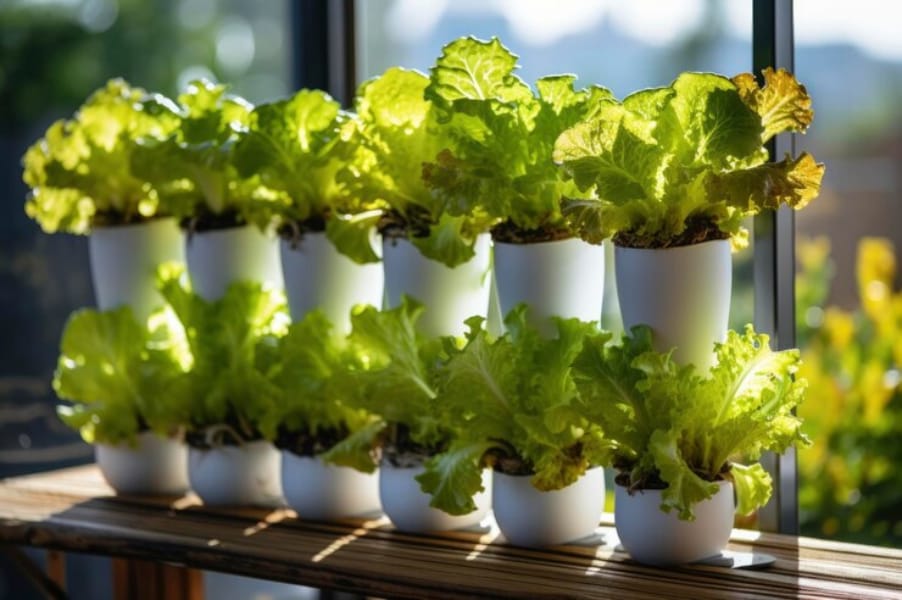
As a gardening enthusiast, I’ve often wondered about the advantages and hurdles of growing lettuce indoors. Why lettuce, you might ask? Well, with this discussion, we’ll delve into the simplest varieties to cultivate inside your home and identify the conditions necessary for nurturing healthy indoor lettuce plants.
Exploring the Benefits and Challenges of Growing Lettuce Indoors
You’ll find that growing lettuce indoors comes with both benefits and challenges to consider. As a gardener aiming for mastery, you should note:
- The control of environmental factors in indoor growing,
- The rapid growth cycle of a lettuce plant,
- However, the need for constant care is also crucial.
Mastering how to grow lettuce indoors can be rewarding but demands dedication.
Why Lettuce? An Overview of the Easiest Varieties to Grow Inside
Wondering why you opt for this leafy green? Let’s dive into some of the easiest varieties to cultivate inside your home.
Indoor gardening can be a challenge, but lettuce is an exception. It’s easy to grow, especially lettuce varieties like ‘Black Seeded Simpson’ and ‘Tom Thumb’. You can reap a fresh, crisp harvest from it with minimal effort.
Identifying the Conditions Needed to Grow Healthy Lettuce
Identifying the right conditions for your leafy greens to thrive inside is crucial. Want to master growing your own lettuce? Your lettuce plants need:
- Enough light: Lettuce requires a lot of it.
- The right temperature: Not too hot, not too cold.
- Regular watering: Keep the soil moist but not drenched.
With these in place, you’ll enjoy fresh, home-grown salads in no time!
Laying the Groundwork: How Can You Grow Lettuce Indoors?
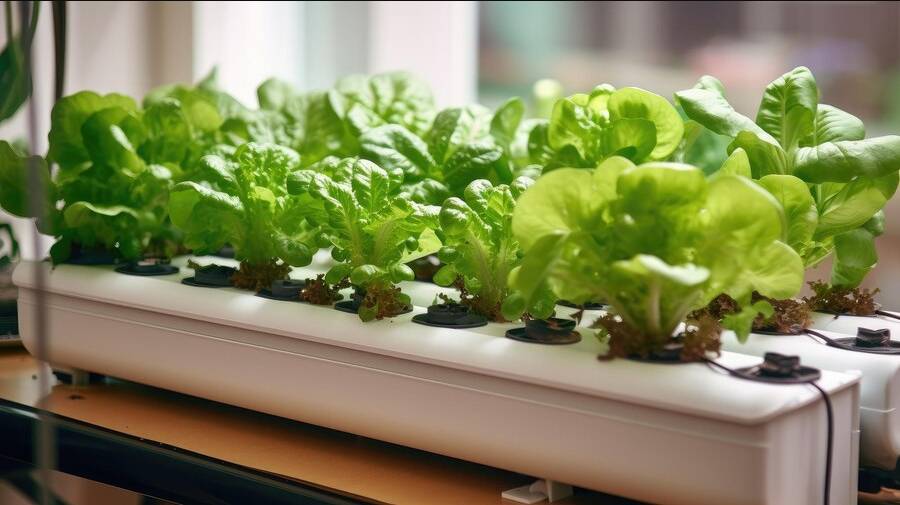
In setting up my garden, I’ve found a few key elements that make all the difference.
First off, choosing the right pots is crucial; their size, material, and drainage holes can greatly impact your plants’ health.
Secondly, you’ve got to be very particular about your potting soil; it’s not just about grabbing any bag from the store but knowing what best suits your lettuce.
Lastly, deciding on the type of lettuce to grow can be an exciting journey – from understanding the unique needs of Romaine to exploring the tender delights of Butterhead.
Choosing the Right Pots: Importance of Size, Material and Drainage Holes
Choosing the right pots can’t be stressed enough when you want to grow lettuce indoors.
You’ll need a pot with good drainage for healthy seedling growth. Select potting soil that works well under your chosen grow light. The pot’s size and material count also impact your plant’s overall health. Mastering these aspects ensures thriving lettuce cultivation.
Selecting the Best Potting Soil for Your Lettuce Garden
Selecting the best potting soil for your garden isn’t just a random decision. It requires careful consideration.
When prepping my garden, especially when aiming to grow lettuce indoors, I always opt for a seed starting mix. It’s critical to choose the right potting mix to successfully plant lettuce seeds and achieve robust growth.
Deciding on the Type of Lettuce to Grow: From Romaine to Butterhead
After we’ve settled on the perfect potting soil, it’s time to decide what type of green salad we’ll plant. Whether it’s romaine, butterhead, or a different type of lettuce depends largely on personal preference.
Here are my top 3 picks when deciding on the type of lettuce to grow indoors:
- Romaine: Hardy and easy to grow.
- Butterhead: Tender with a mild flavor.
- Oak Leaf: Adds color and texture.
From Seed to Seedling: How to Plant Lettuce Indoors Successfully

I’m about to delve into the nitty-gritty of how to grow lettuce seeds for optimum growth. I’ll guide you through each step to ensure your garden flourishes.
We’ll also discuss creating perfect cultivation requirements. This means honing in on light, temperature, and humidity – all crucial elements that can make or break your lettuce’s happiness.
Additionally, I’ll share tips on watering and fertilizing practices. These practices will help you keep your lettuce plant not just surviving but thriving healthily.
Understanding How to Plant Lettuce Seeds for Optimum Growth
You’ll need to correctly grasp the basics of planting lettuce seeds to ensure they grow optimally indoors. To master this, consider the following:
- The amount of light needed for lettuce seeds to grow well.
- Proper seed starting methods for optimal growth.
- Ideal conditions to grow lettuce.
Understanding these key factors can significantly improve your gardening success.
Creating Perfect Growing Conditions: Light, Temperature, and Humidity
Creating the perfect growth environment involves managing light, temperature, and humidity effectively. When you plant indoors, using grow lights is crucial. Your lettuce needs 12-14 hours of light daily for optimal growth.
Maintaining a balance in these aspects is key to successfully growing your lettuce. Now that we’ve nailed our conditions let’s move on to watering and fertilizing: keeping your lettuce happy and healthy.
Watering and Fertilizing: Keeping Your Lettuce Happy and Healthy
Keeping your leafy greens healthy and thriving requires the right balance of watering and fertilizing. Here are three key steps to keep your lettuce happy and healthy:
- Water your lettuce just enough to keep the soil moist, not soggy.
- Fertilize your lettuce lightly every two weeks to nourish the roots.
- Always make sure you’re allowing proper drainage, protecting those delicate lettuce roots.
Tending to Your Indoor Lettuce Garden: Maintenance Tips and Tricks
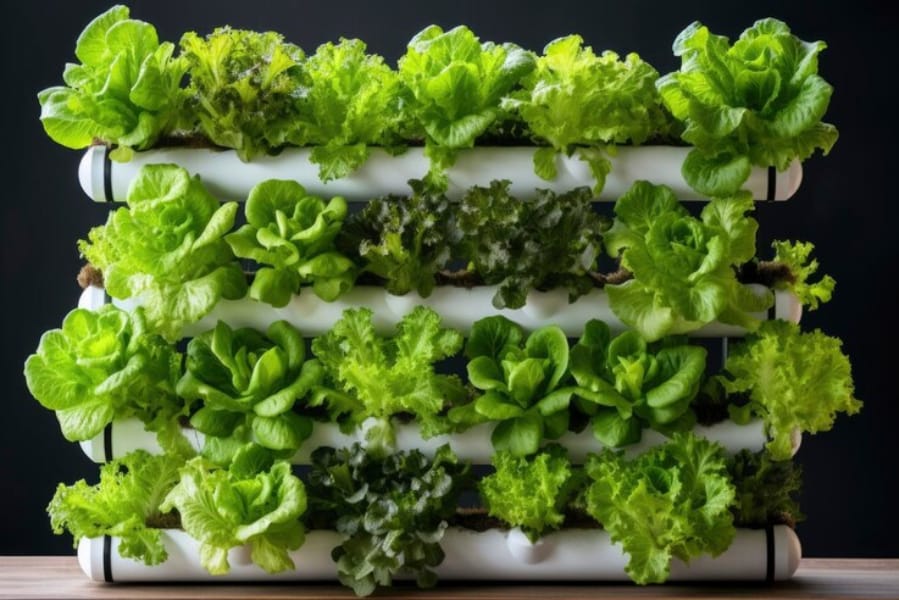
In our next discussion, I’ll guide you through the essentials of maintaining a thriving garden.
We’ll delve into identifying and tackling common pests and diseases that could harm your plants.
Also, we’ll learn about regular care practices like watering, fertilizing, and ensuring your lettuce gets the right light.
I can’t stress enough the importance of pruning in keeping your lettuce plants healthy and productive – we’ll take a good look at that, too.
Spotting and Addressing Common Pests and Diseases Affecting Indoor Lettuce
You’ll often find aphids and whiteflies on lettuce, but they’re easily controlled with a little vigilance. For your lettuce to grow well, remember:
- Lettuce plants need at least 6 hours of sunlight daily.
- Regularly inspect your homegrown lettuce for pests.
- 3. Be proactive in spotting and addressing common pests and diseases affecting lettuce.
Regular Care: Watering, Fertilizing, and Ensuring Adequate Light
Regular care is crucial for plants. This includes watering, fertilizing, and ensuring they get enough light. As someone looking to master how to grow lettuce indoors, I’ve learned that these elements are non-negotiables.
Overwatering can lead to root problems while under-fertilizing hampers growth. Without adequate light, the plant will struggle.
Next up: understanding the role of pruning in maintaining healthy, productive lettuce plants.
The Role of Pruning in Maintaining Healthy, Productive Lettuce Plants
Pruning is the next step to master, which is crucial for maintaining healthy, productive plants. Since lettuce grows quickly, especially indoors, I inspect my lettuce seedlings daily. I prune any yellowing or overcrowded leaves promptly. This ensures my lettuce stays productive.
Remember: consistent pruning equals healthier, more productive lettuce plants! Don’t underestimate this vital step in your gardening journey.
Can I Use Galvanized Steel in My Indoor Vegetable Garden?
Yes, galvanized steel can be used for indoor vegetable gardens. However, it is crucial to ensure the safe use of galvanized metal. The protective zinc coating should be intact to prevent any potential leaching of harmful substances into the soil.
Regular maintenance and monitoring are recommended to ensure the safety of your plants and ultimately your health.
Reaping the Rewards: How and When to Harvest Your Indoor Lettuce

As I venture further into the rewarding journey of gardening, I’ll show you how to identify when your lettuce is ripe for picking and share some handy tips on harvesting leaves without hurting the plant.
But it doesn’t stop there – after all, what’s the point of growing your fresh produce if you can’t enjoy it? We’ll also explore different ways to savor your homegrown lettuce, from a crisp salad bowl to a delicious sandwich filling.
Identifying Signs Your Lettuce is Ready for Harvest
You’ll know it’s time to harvest your lettuce when the leaves are full and firm to the touch. Here’s a handy checklist for identifying signs your lettuce is ready for harvest:
- Leaves are full-sized
- The texture is firm
- Color has fully developed
How to Harvest Lettuce Leaves Without Damaging the Plant
Now that we’ve determined our lettuce is ready let’s delve into harvesting lettuce.
Lettuce is easy to keep if you know how to harvest lettuce leaves without damaging the plant. Careful extraction preserves the plant’s vitality, ensuring a continuous supply of fresh lettuce leaves.
We can enjoy our bounty multiple times over with proper technique and attention.
Enjoying Your Fresh Lettuce: From Salad Bowl to Sandwich
We’re moving on to the best part: enjoying your fresh harvest in everything. Yes, you can grow lettuce indoors!
Here’s how I relish my home-grown lettuce:
- Fresh lettuce in a vibrant salad bowl.
- Crunchy leaves are perfect for any sandwich.
- Lettuce in pots, just snip and serve.
Master these simple pleasures of gardening and enjoy your fresh lettuce!
Frequently Asked Questions
Can You Grow Other Vegetables Indoors Alongside Lettuce?
Absolutely, I can grow other veggies indoors alongside lettuce. Herbs, spinach, peppers, and even tomatoes thrive in indoor environments. It’s all about managing space efficiently and providing adequate light and nutrients.
What Are the Health Benefits of Eating Home-Grown Lettuce?
Eating home-grown lettuce, I’ve found a boost in my vitamin A and K intake. It’s packed with antioxidants, too. There’s nothing like knowing it’s free from harmful pesticides for my peace of mind.
Can Indoor-Grown Lettuce Taste Different From Store-Bought Lettuce?
Absolutely, indoor-grown lettuce can taste different from store-bought. I’ve found mine to be crisper and flavorful, likely due to its freshness and my control over growing conditions. It’s a noticeable difference!
How Can I Prevent Pests From Damaging My Indoor Lettuce Garden?
I’d suggest using organic pesticides to prevent pests from damaging your garden. Regularly inspecting for signs of damage and promptly removing affected leaves can also help keep the pests at bay.
Is There a Way to Speed Up the Growth of My Indoor Lettuce?
Yes, speeding up your lettuce growth is possible. I’d suggest utilizing a grow light and maintaining a consistent temperature. Also, using a nitrogen-rich fertilizer helps in rapid leaf production, thus faster growth.
Final Thoughts
So, there you have it, folks! Growing lettuce indoors isn’t as daunting as it seems. With a bit of patience and the right tools, you can reap the crisp, fresh rewards of your own indoor garden. Remember that Mother Nature is patient – so should we be.
Happy gardening!

